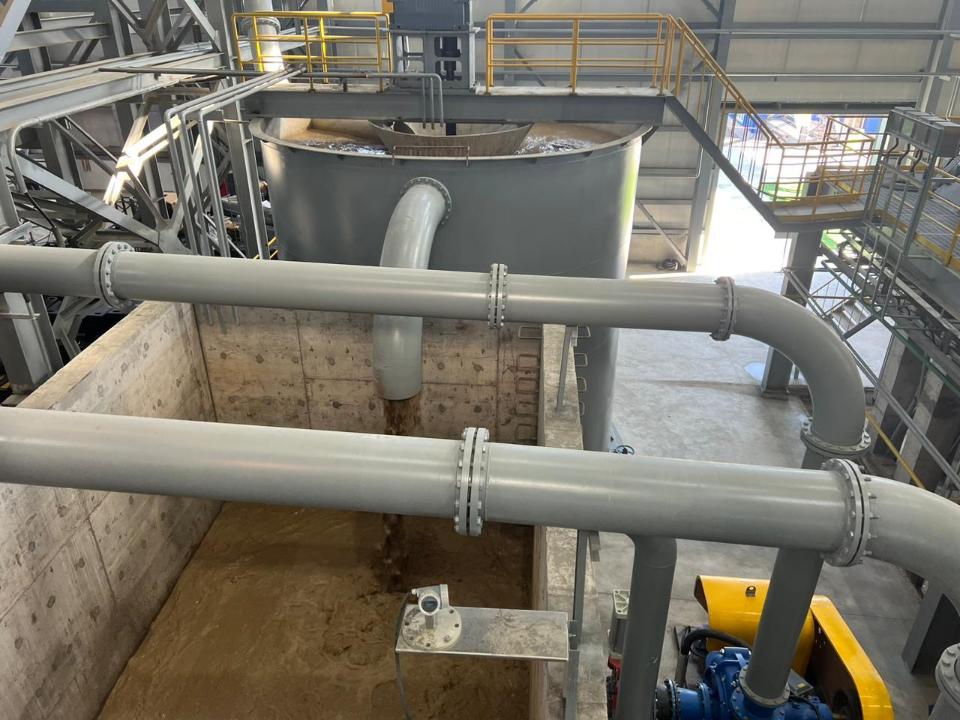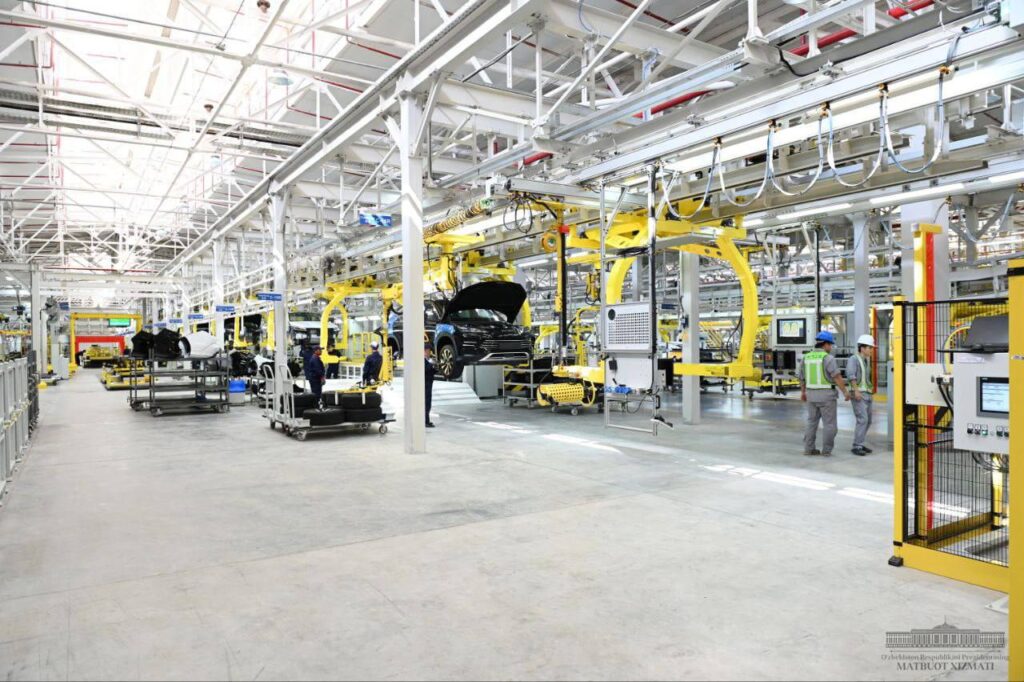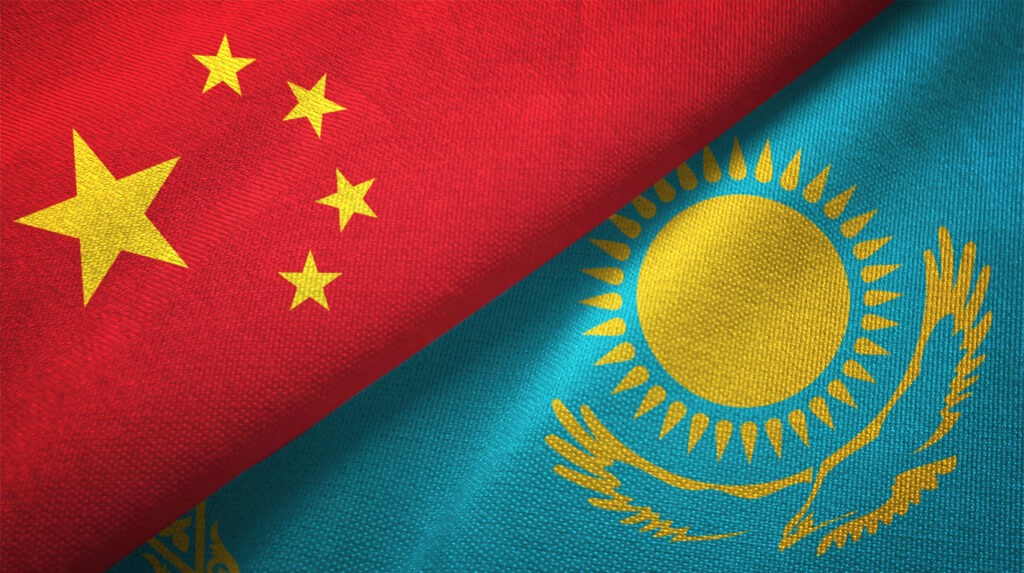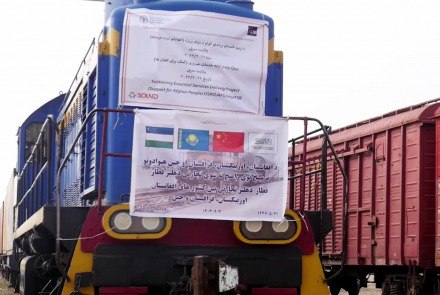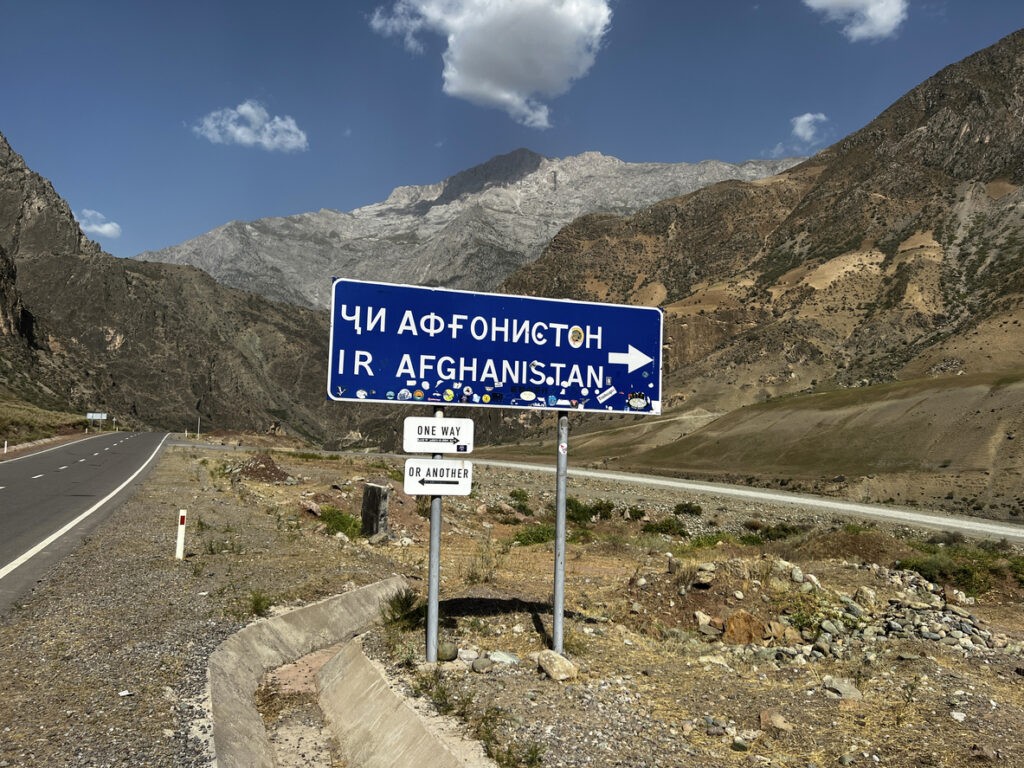In October this year, during the Kazakh-Afghan forum, Kazakhstan’s Deputy Prime Minister Serik Zhumangarin reported on Kabul’s request to set up deliveries of cars manufactured in Kostanai and Almaty to Afghanistan. According to the Deputy Prime Minister’s assessment, the first Kazakhstani cars may appear on the Afghan market as early as next year; automobile industry experts agree with him but note that the realism of this term will become apparent after at least several months of research.
“I understand that Afghanistan already has money; its middle class is developing, so they asked to organize meetings with our car industry businesses to create car centers to sell old and new Kazakhstani cars. I have already contacted several people about this issue, and we are working on it now. I think it is realistic to start selling the first cars next year,” Zhumangarin said. At the same time, he emphasized that the most crucial issue in establishing such a project has already been resolved. In October, Kazakhstan’s Zaman Bank opened a corresponding account at one of the largest banks in Afghanistan, Ghazanafar Bank.
This means that Kazakhstani businesses can receive direct payments from Afghan buyers without the participation of financial institutions of Kyrgyzstan, Uzbekistan, and Gulf countries, which charge additional fees for intermediation. Thus, the issue of financial logistics – how the money for sold cars from Afghanistan will arrive in Kazakhstan – has been fundamentally solved, according to Artur Miskaryan, general director of the Agency for Monitoring and Analysis of the Automobile Market of Kazakhstan (AMAAR), and there are no problems with direct logistics – cars manufactured in Kostanai and Almaty can be transported to this country by rail. Kazakh grain companies have already established this route.
In addition, this summer, at the first transport trade and export forum held in Aktau, representatives of Kazakhstan, Turkmenistan, and Afghanistan discussed the possibility of building a new railway line Turgundi – Herat – Kandahar – Spin-Buldak, which will run from the western border of Turkmenistan through Afghanistan to Pakistan and further to India. Kazakhstan is offered to join the construction of this logistic path, including withdrawing its vehicles to Afghanistan and the countries bordering it. So, logistic paths to Kabul, existing and potential, are acceptable for Kazakhstan’s automobile industry.
“From a purely technical point of view, companies of the Kazakhstani automobile industry are ready to supply equipment to all neighboring and nearby countries,” explained Miskaryan. “The issue of supplying products to one or another country largely depends on the terms of economic agreements of the Republic of Kazakhstan with other countries, as well as the policy of the head offices of brands whose models are assembled at our car plants: in the case of Russia, for example, Western head brands adhere to the sanctions restrictions on supplies. There is also the problem of customs and tariff policy of neighboring [sic] countries: in particular, Russia and Uzbekistan have recently directed their efforts to increase support for local producers.”
Since Afghanistan has no automotive industry, protectionism from Afghan authorities in favor of local manufacturers isn’t an issue. However, approval from foreign brand owners whose models are mass-produced in Kazakhstan (such as Chevrolet, Hyundai, Kia, JAC, and Jetour) will still be required to export these cars to Afghanistan. Additionally, export incentives and transaction security mechanisms are crucial for export markets like Afghanistan. Large entities, like the Export Credit Agency of Kazakhstan (Kazakhexport), could help safeguard auto exporters against the risk of non-compliance by foreign buyers.
Finally, before entering the market of Afghanistan and any other country, Kazakhstan’s automobile plants need to know how many buyers will be able to buy Kazakh cars there. Here, there are two ways: either to take risks and send to the new market small trial batches, gradually increasing their volumes in the event of operative sale of goods, or to conduct large-scale marketing research of this market to represent its total capacity initially clearly. As explained by the marketing company ICT-Marketing, on average, such research lasts six weeks. Still, considering the specificity of the Afghan market (its closedness for many decades), the research on Kazakhstan’s automobile industry can take several months.
If all these conditions are met as quickly as possible, the term of the first deliveries announced by Zhumangarin (2025) is quite realistic. Moreover, according to the Agency for Monitoring and Analysis of the Automobile Market of Kazakhstan, in recent years, the volume of exports of Kazakh cars has been constantly decreasing (2021 – 12.1 thousand, 2022 – 10 thousand, 2023 – 9.3 thousand) against the background of constant growth of domestic production (from 92 thousand in 2021 to almost 149 thousand in 2023). And new markets for Kazakhstani automakers, which now export their products mainly to Russia, Belarus, and Kyrgyzstan, are vital. The only question is to what extent the Afghan market will be interesting for the Kazakhstani automobile industry from the point of view of a sufficient number of solvent buyers.

